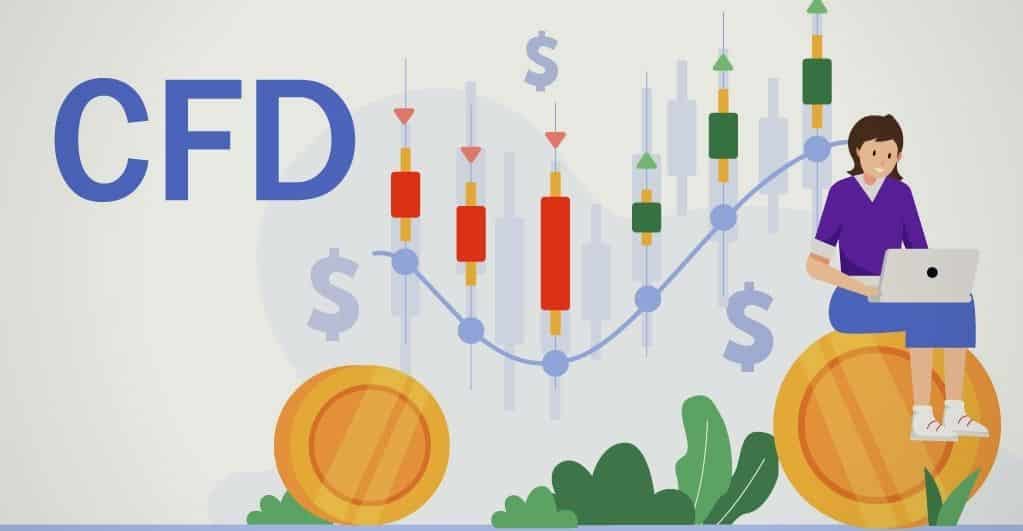
Contracts for Difference (CFDs) have garnered attention in the financial world for their unique characteristics and potential benefits for traders. Here’s a comprehensive guide to understanding CFD how it works and how they work.
Understanding CFDs:
A Contract for Difference (CFD) is a derivative product that enables traders to speculate on the price movements of various financial assets, such as stocks, indices, commodities, and currencies, without owning the underlying asset. Instead of purchasing the asset itself, traders enter into a contract with a broker to exchange the difference in the asset’s price from the time the contract is opened to when it is closed.
Key Features of CFDs:
Flexibility: One of the primary advantages of trading CFDs is the flexibility they offer. Traders can go long (buy) or short (sell) on an asset, allowing them to profit from both rising and falling markets.
Leverage: CFDs provide traders with access to leverage, which means they can control a larger position size with a relatively small amount of capital. This amplifies both potential profits and losses, making risk management crucial.
Diverse Asset Classes: CFDs cover a wide range of asset classes, including stocks, indices, commodities, and currencies, giving traders numerous opportunities to diversify their portfolios and capitalize on different market trends.
No Ownership of Underlying Asset: Unlike traditional investing, where investors buy and own the underlying asset, CFD trading does not involve ownership of the asset itself. Instead, traders speculate on price movements, allowing for greater flexibility and liquidity.
How CFD Trading Works:
When trading CFDs, traders select an asset they want to trade and decide whether to go long (buy) or short (sell) based on their market analysis. They then choose the size of their position and the leverage they wish to apply, keeping in mind the associated risks.
Once the trade is opened, traders monitor the price movements of the asset. If the market moves in their favor, they can close the trade to lock in profits. Conversely, if the market moves against them, they may incur losses. It’s important to note that CFD trading involves risks, including the potential for losing more than the initial investment.
Conclusion:
Contracts for Difference (CFDs) offer traders a flexible and accessible way to speculate on the price movements of various financial assets. With their unique features such as leverage and diverse asset classes, CFDs can be valuable tools for traders seeking opportunities in the dynamic world of financial markets. However, it’s essential for traders to understand the risks involved and implement effective risk management strategies to navigate the complexities of CFD trading successfully.
